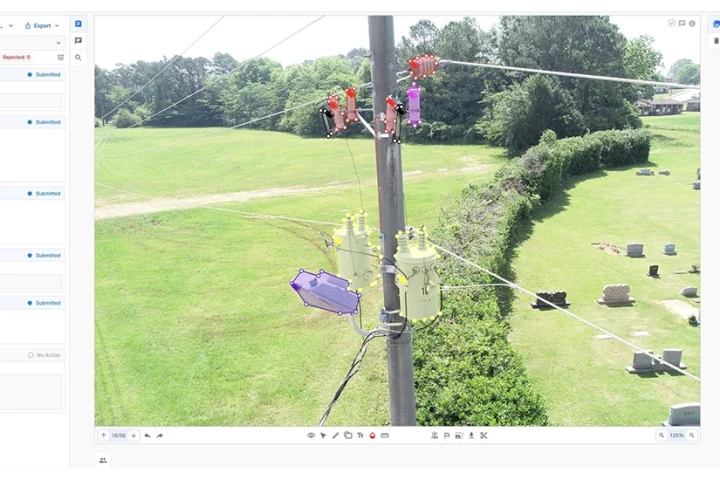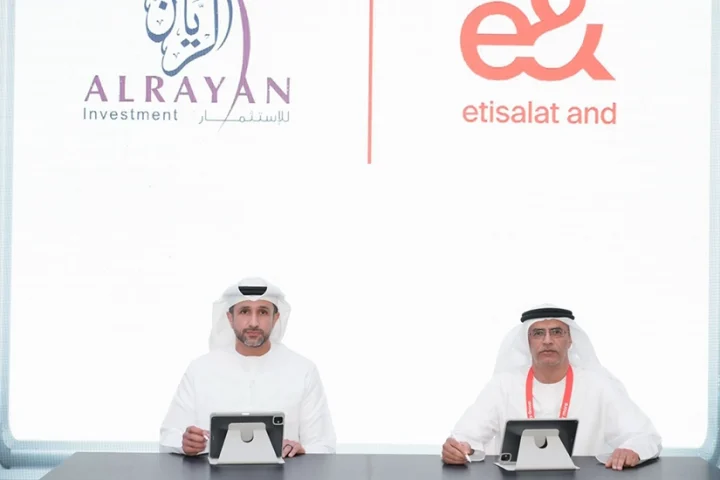Security remains an exciting, challenging, growth market. Digitisation increases the opportunity for the bad guys so the cyber security companies need to keep innovating and delivering. The downside of this is that constant change is hard to deliver and potentially expensive.
With digitisation the opportunity for the bad guys to exploit is huge, so effective security is essential. That is why organisations are augmenting traditional security detect and block with more proactive solutions. The goal is to anticipate attacks but this can only be done with threat intelligence and the ability to operationalise it. Given that all organisations will be breached at some point it is not just about protection. It is therefore also about resilience and the ability to recover quickly.
All of the above change means opportunity but change is hard to manage. Security needs to be married to the business imperatives and that is not always easy.
CISO’s face the twin challenges of budget and availability of expertise. From an organisational perspective, a CISO needs to be a great communicator, both upwards and downwards within the organisation. Cyber security can get very technical, very quickly but the CISO’s stakeholders and sponsors do not take decisions or want to communicate that way.
Given the challenges above a CISO must be a communicator, a problem solver, business minded, skilled and have leadership qualities. Over the years, the need for technical expertise has diminished but it is still there.
From a customer perspective, ThreatQuotient’s solutions address a key challenge which is the shortage of cyber expertise. The vendor does this through automation and delivering efficiency and effectiveness to security operations. Technology, simply put, is an enabler. It must be built or designed into rather than bolted on.
Globally there is a cyber skills shortage and the Middle East is no different. Without the skills it is difficult to deliver solutions but that is where the channel including managed security service providers can help. Historically it has been difficult to prove the value of cyber solutions and therefore secure the budget. Specifically, in the Middle East, there could be a better balance between people, product and process.
While digital transformation looks different in every company, digital businesses share some fundamental characteristics:
Collaborative
Every member of the organisation is meaningfully involved in achieving a shared vision.
Cultural
Requires shifting away from traditional business structures and hierarchies and empowering employees to make decisions and contribute ideas.
Cloud-based
Cloud-based services are economical and agile, allowing businesses to choose the ones that meet their needs and streamline their IT and infrastructure costs.
Mobile
Customers expect ease and convenience from businesses, which means they need to be on mobile, where more than half of all web traffic is generated.
Innovative
Digital businesses are always experimenting and then learning from the outcomes to inform larger changes across the company.
Continuous
This is not a project with a start and end date. Technology will continue to evolve and call for adaptations to current processes, which means you need to keep learning and evolving.
Data-driven
This includes not only collecting and analysing data about your customers but measuring what’s happening inside your company too.
Customer-centric
Ultimately, these shifts are all focused on providing better service and a better experience for your customers.
Notice that none of these is about what a company does. They are about how you do things. Digital transformation companies do not change the core values or offerings of their business. Instead, it is about developing a connected workplace culture and acquiring digital transformation tools that will support strategic goals.
Product specifications
ThreatQuotient’s mission is to improve the efficiency and effectiveness of security operations through a threat-centric platform. By integrating an organisation’s existing processes and technologies into a single security architecture, ThreatQuotient accelerates and simplifies investigations and collaboration within and across teams and tools, supporting multiple uses cases including incident response, threat hunting, and serving as a threat intelligence platform.
Through automation, prioritisation and visualisation, ThreatQuotient’s solutions reduce noise and highlight top priority threats to provide greater focus and decision support for limited resources. The ThreatQ platform enables a shared understanding across teams and tools within an organisation’s defense infrastructure. It supports both reactive use cases as well as proactive use cases and orchestrating and synchronising threat intelligence across systems.
ThreatQ becomes a single source of truth for all threat data and intelligence across systems and teams, allowing them to collaborate. Threat intelligence becomes the glue for an integrated defense and coordinated response.
ThreatQ’s top three differentiators are:
Customer-defined prioritisation
ThreatQ ingests, normalises, de-dupes and correlates threat data and events from external and internal sources into a single Threat Library. What is different is to provide customer controls so a company can customise scoring and prioritisation.
When new data or context enters the system, from any source or feedback captured from current tools and teams, ThreatQ will automatically re-prioritise millions of indicators, adversaries.
This continuous threat assessment ensures that highest priority threats are identified, understood, acted upon and learned from to support proactive use cases, such as threat anticipation or hunting, and reactive use cases, such as triage and incident response.
Deep integrations and ecosystem
ThreatQ is an open and extensible platform built on APIs to integrate with any system or tool. This architecture allows for deep integrations and bi-directional data sharing, enabling the orchestration, automation and synchronisation of cyber threat intelligence across systems and teams.
Go to market
ThreatQuotient’s pricing and go to market models simplify the consumption of a TIP. Pricing is straight-forward without additional charges per integration or higher indicator counts. To address companies with less mature security operations we partner with MSSPs, jointly defining a threat intelligence service offering.

ThreatQuotient offers CISOs key features like automation, prioritisation and visualisation, that can boost successful transformation.
























